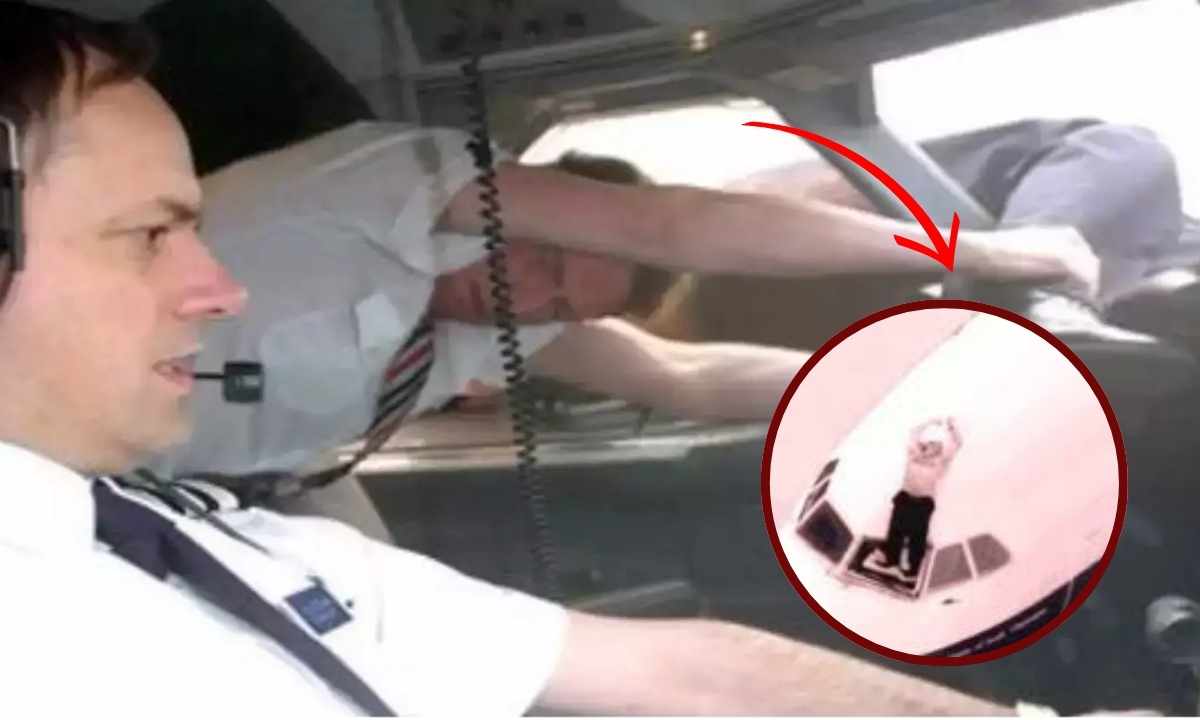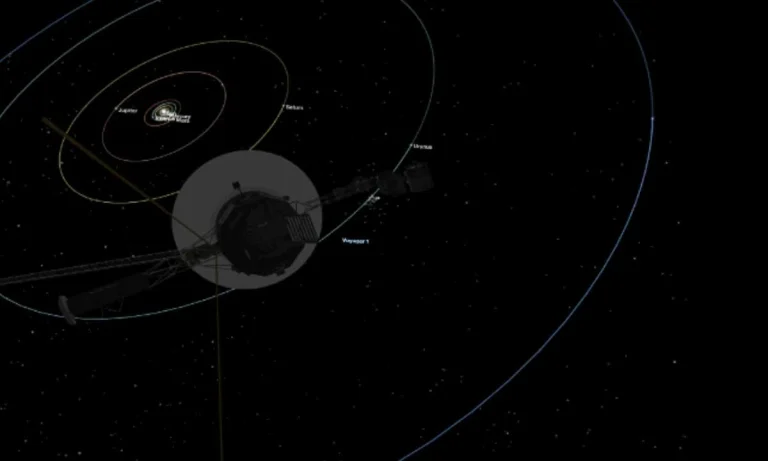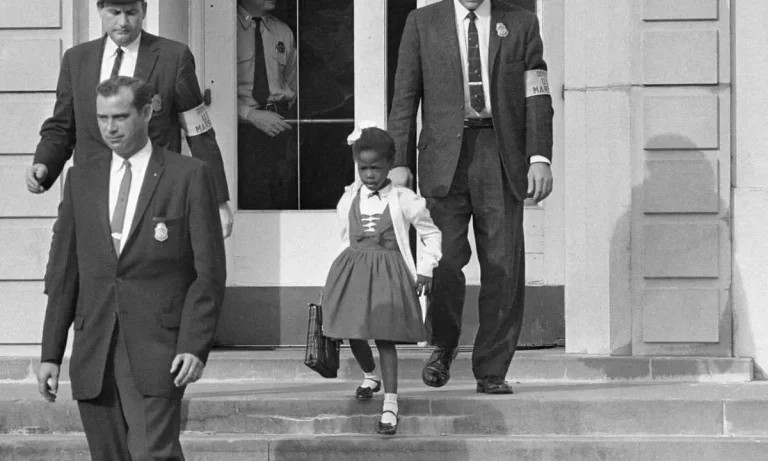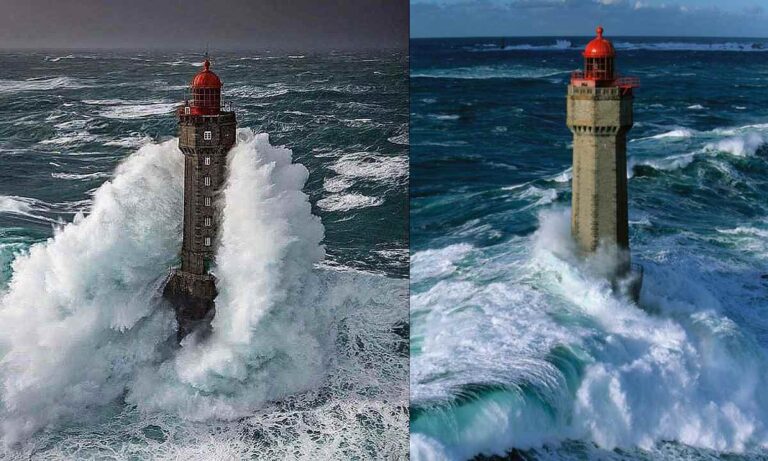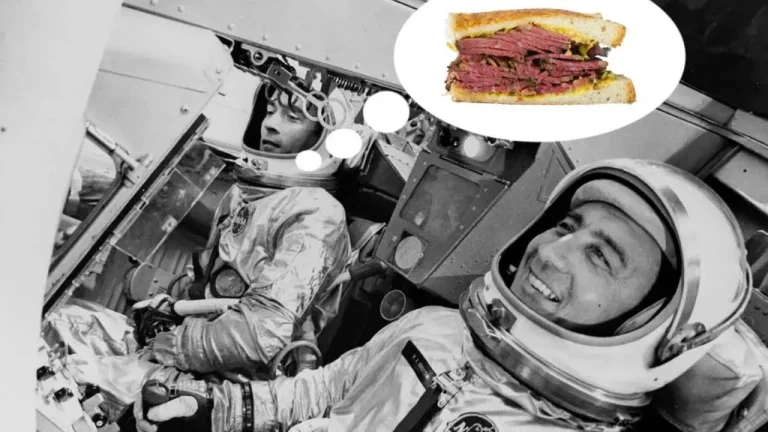A Pilot Got Sucked Out Of Plane At 23,000ft for 20 Minutes!
Imagine the horror of being sucked out of an airplane mid-flight. This shocking incident happened to Captain Timothy Lancaster of British Airways Flight 5390. On June 10, 1990, during a routine flight from Birmingham, England, to Málaga, Spain, the plane experienced an explosive decompression. At 23,000 feet in the air, the captain was partially ejected from the aircraft and stayed that way for a terrifying 20 minutes until the crew managed to land safely. The story of how the crew saved him is nothing short of miraculous. Let’s have a closer look.
Captain’s Torso Hung Outside!
British Airways Flight 5390, operated by a BAC One-Eleven 528FL aircraft, took off from Birmingham Airport heading to Málaga. The journey was expected to be uneventful, a typical routine flight. However, as the plane flew over Didcot, Oxfordshire, an improperly installed windscreen panel suddenly separated from its frame. This caused a catastrophic explosive decompression. The force of the decompression pulled Captain Lancaster out of the cockpit window. His torso hung outside the aircraft while his legs remained inside.

The Crew Held On To The Captain!
Flight attendant Nigel Ogden was the first to respond. He rushed to the cockpit and grabbed Lancaster’s legs. He desperately tried to keep the pilot from being completely sucked out. The situation inside the cockpit was dire, with fast winds and mist making it incredibly challenging. Despite his best efforts, Lancaster kept slipping further out due to the intense wind pressure.
Another crew member soon joined Ogden to help save the captain. Together, they held on tightly to Lancaster. Meanwhile, co-pilot Alistair Atchison took control of the plane. He shouted “Mayday! Mayday!” into the radio requesting an emergency landing, but struggled to hear the control tower’s commands due to the heavy wind noise. Despite these challenges, Atchison skillfully managed to navigate the plane. It successfully landed at Southampton Airport.

Aftermath and Recovery
Upon landing, both Captain Lancaster and Nigel Ogden received immediate medical attention. Lancaster suffered frostbite, fractures to his arm and wrist, and a broken thumb. His first words after the ordeal were, “I want to eat,” bringing immense relief to the crew.
Ogden, who had dislocated his shoulder and suffered frostbite injuries, left the aviation industry due to PTSD (Post-traumatic disorder) but found a new role at a Salvation Army hospital. Captain Lancaster remarkably returned to duty after five months of recovery.
First Officer Alastair Atchison, along with crew members Susan Gibbins and Nigel Ogden, received the Queen’s Commendation for Valuable Service in the Air for their heroic actions.

Investigation and Findings
An investigation revealed that the windscreen had been installed with bolts that were too small and of the wrong length. The maintenance manager had fitted 84 bolts that were 0.026 inches too small in diameter and six bolts that were the correct diameter but 0.1 inches too short. The bolts couldn’t withstand the pressure difference between the cabin and the outside atmosphere.
This crucial error occurred because the maintenance manager replaced the bolts on a like-for-like basis without checking the maintenance documentation. The local management also failed to properly monitor the maintenance work.
The investigators recommended that maintenance staff wear prescription glasses if needed and that critical tasks should be verified by another individual. The findings highlighted the need for strict adherence to maintenance protocols to prevent such incidents in the future.

Conclusion
The incident of British Airways Flight 5390 is a stark reminder of the importance of rigorous maintenance protocols in aviation. The heroic actions of the crew, especially the quick response and determination of Nigel Ogden and the skillful piloting of Alastair Atchison, saved Captain Lancaster’s life and ensured the safety of all on board. This extraordinary event underscores the critical role of teamwork and strict safety measures in preventing disasters in the skies.
Also read,

